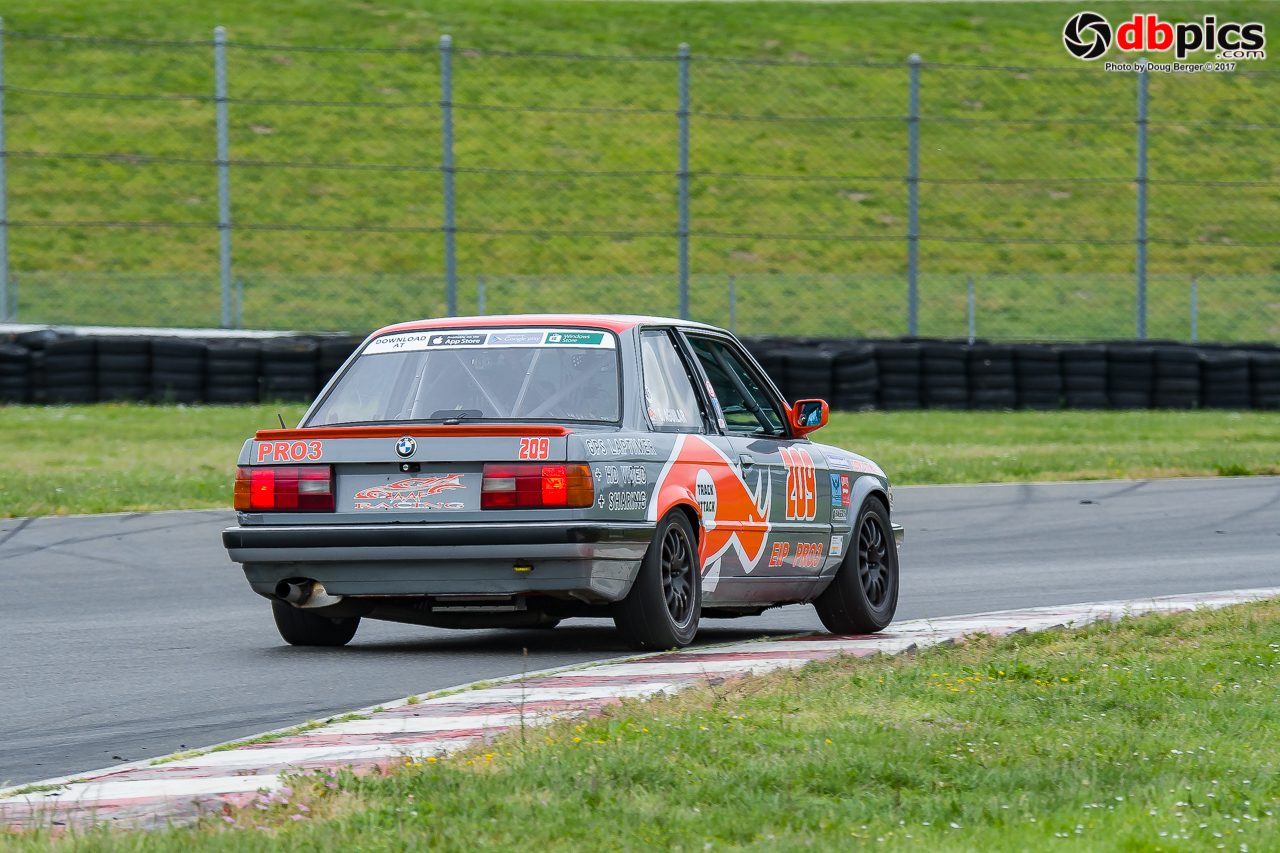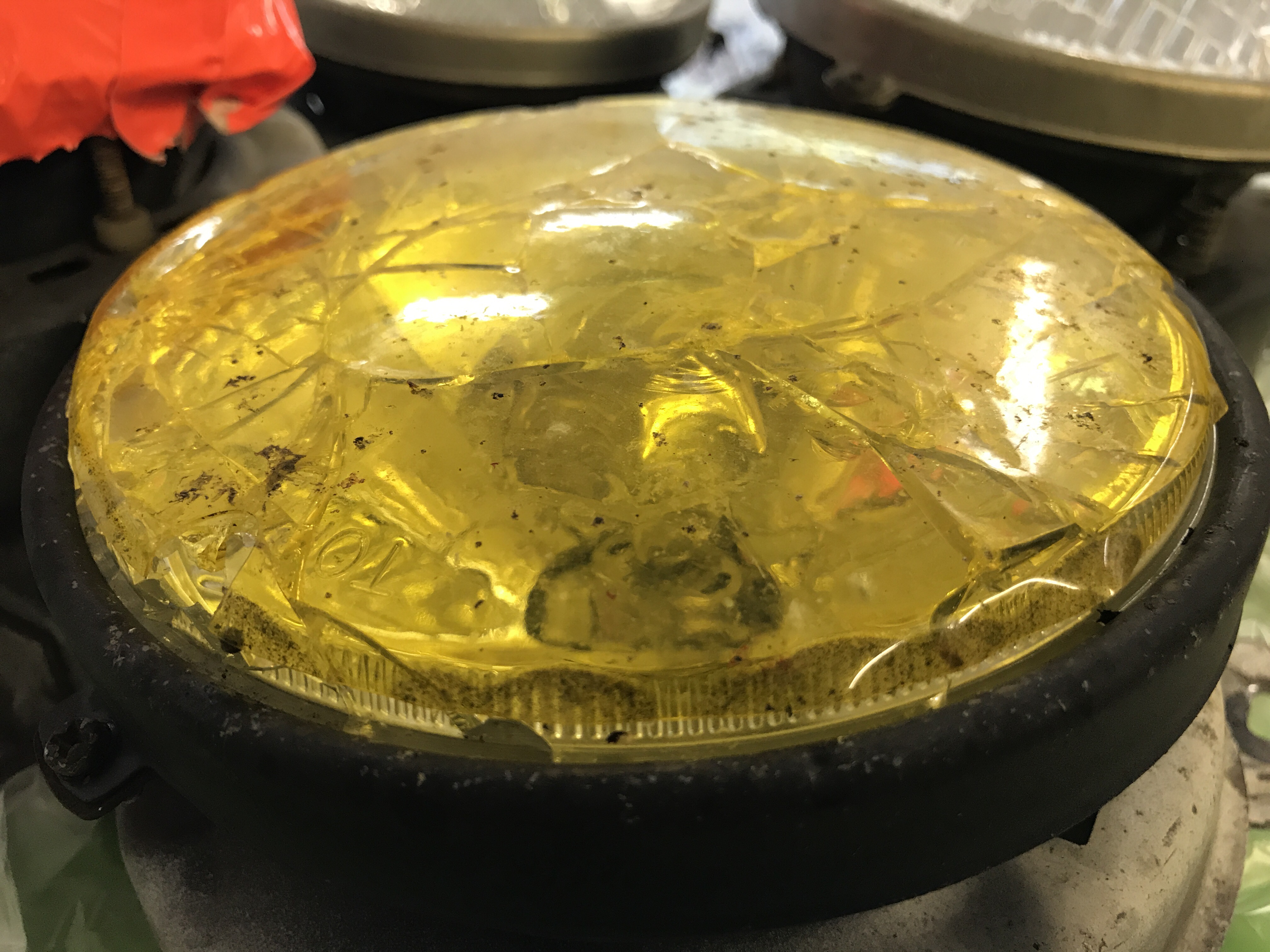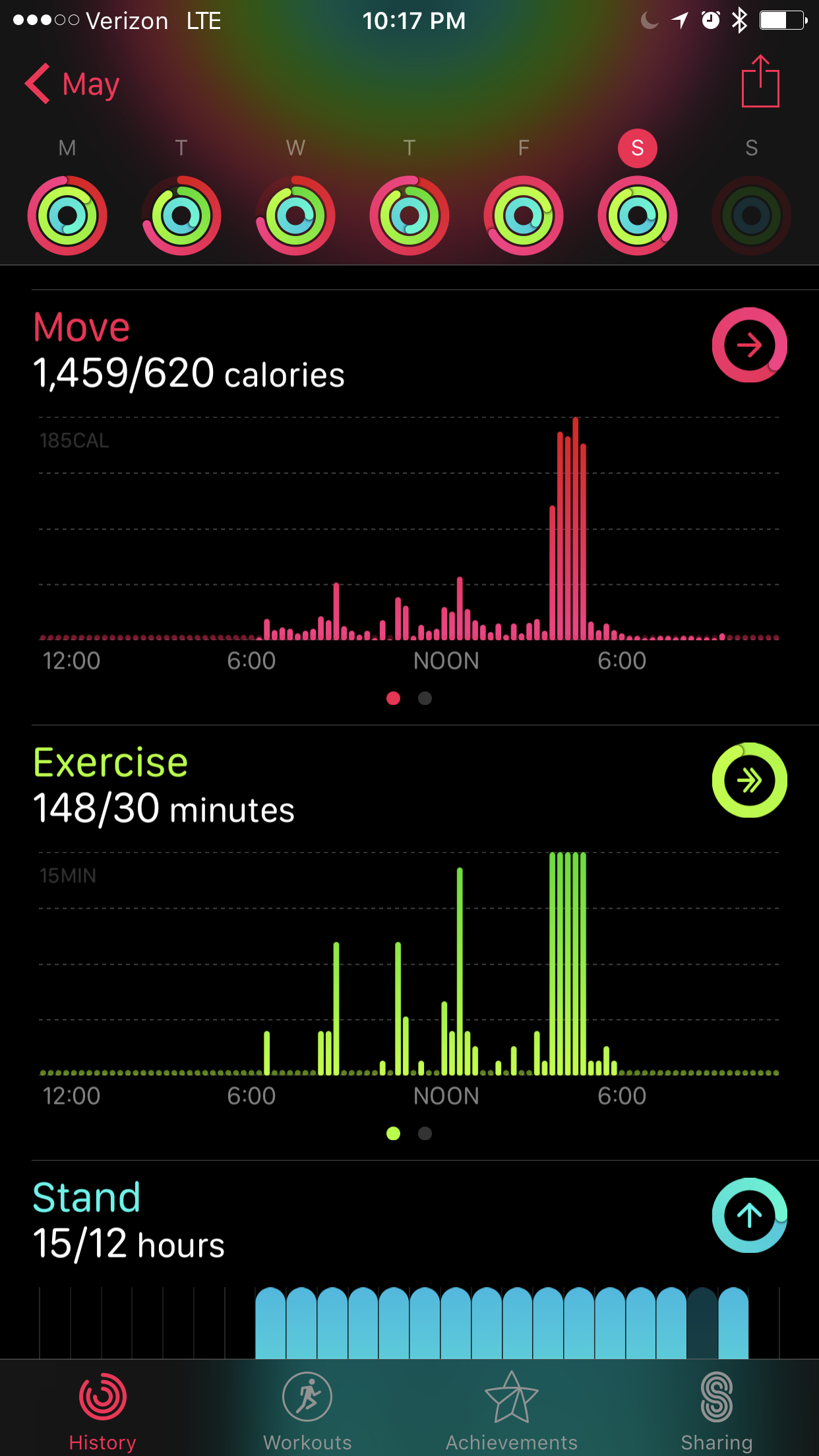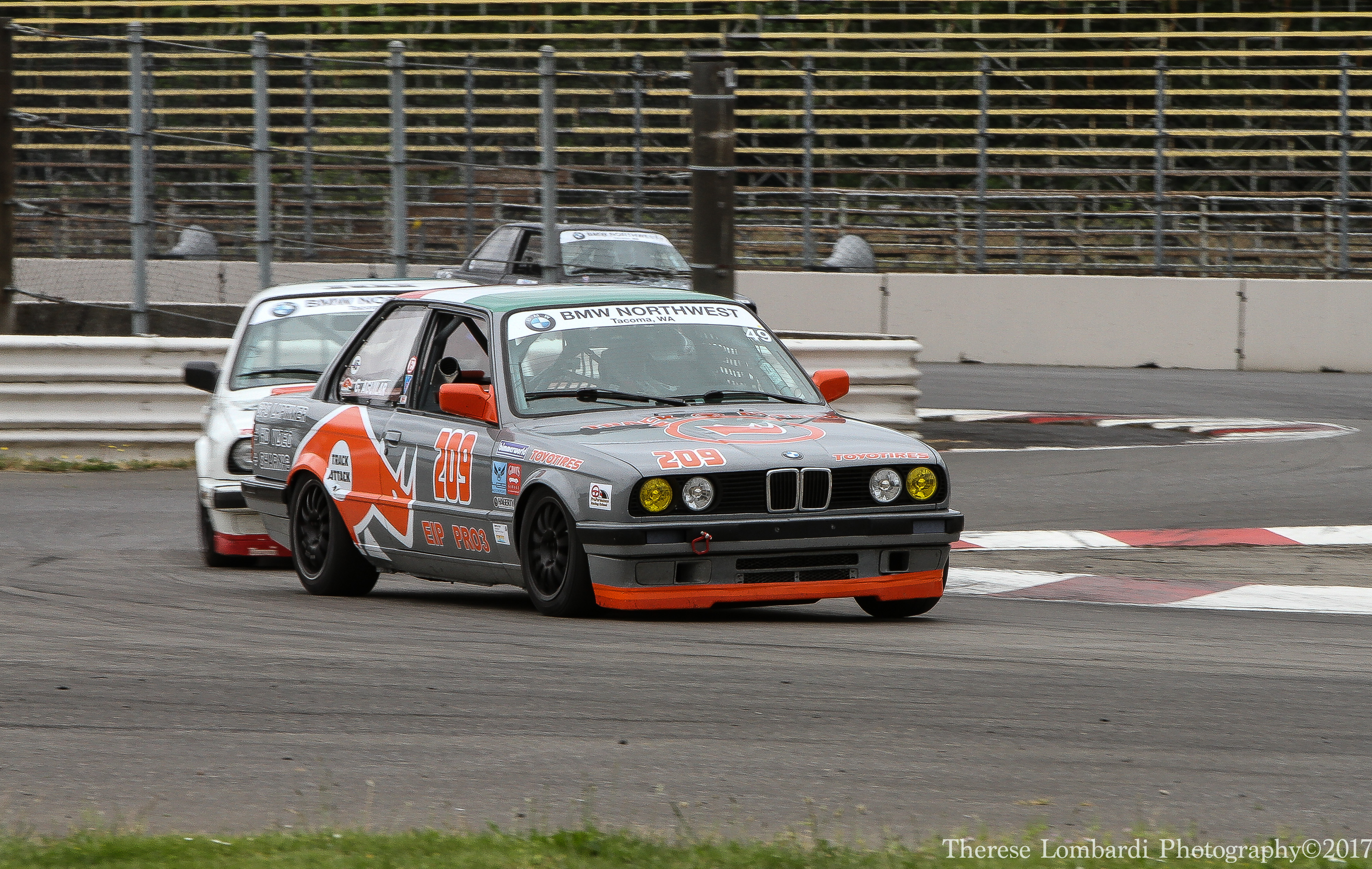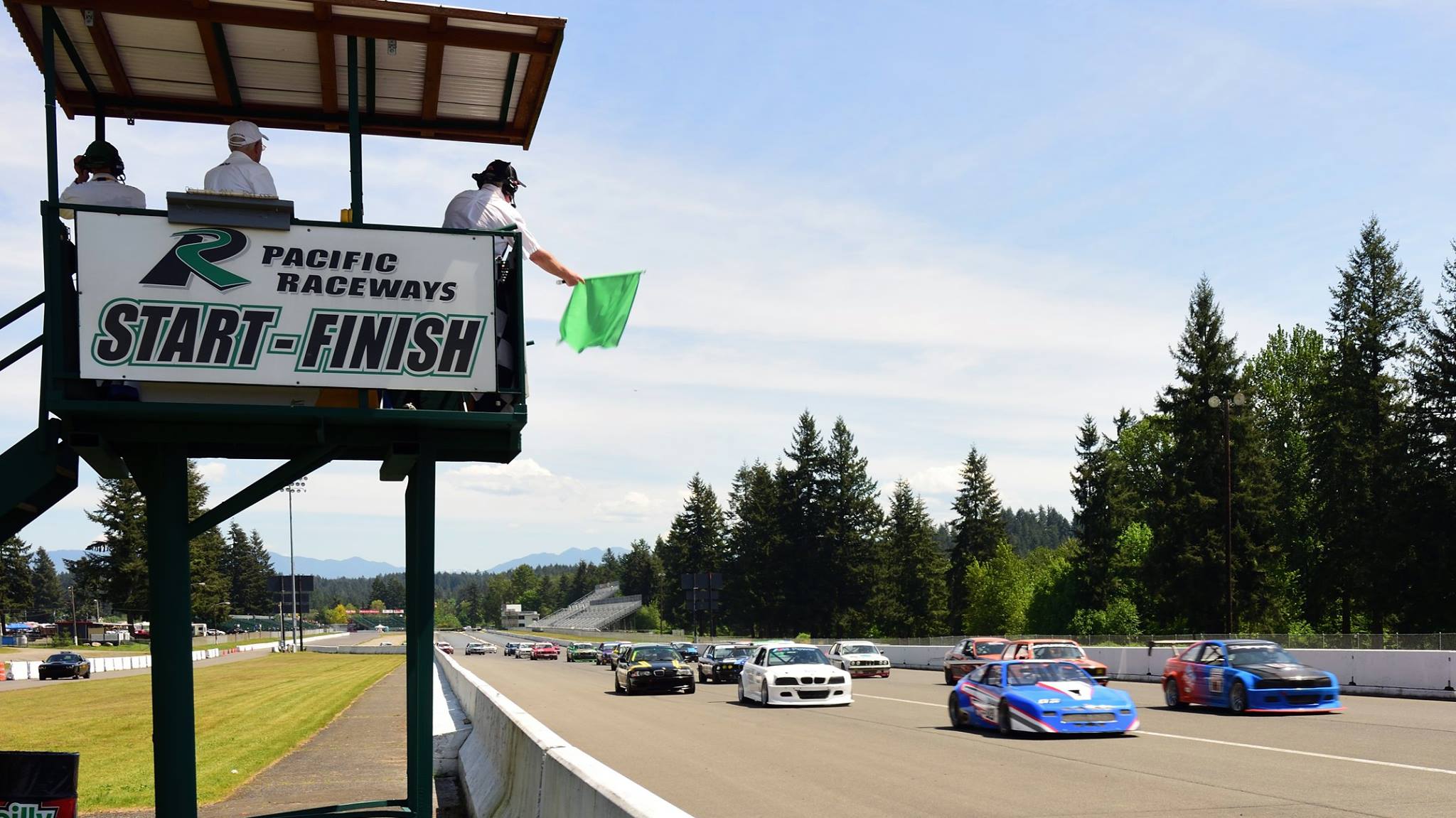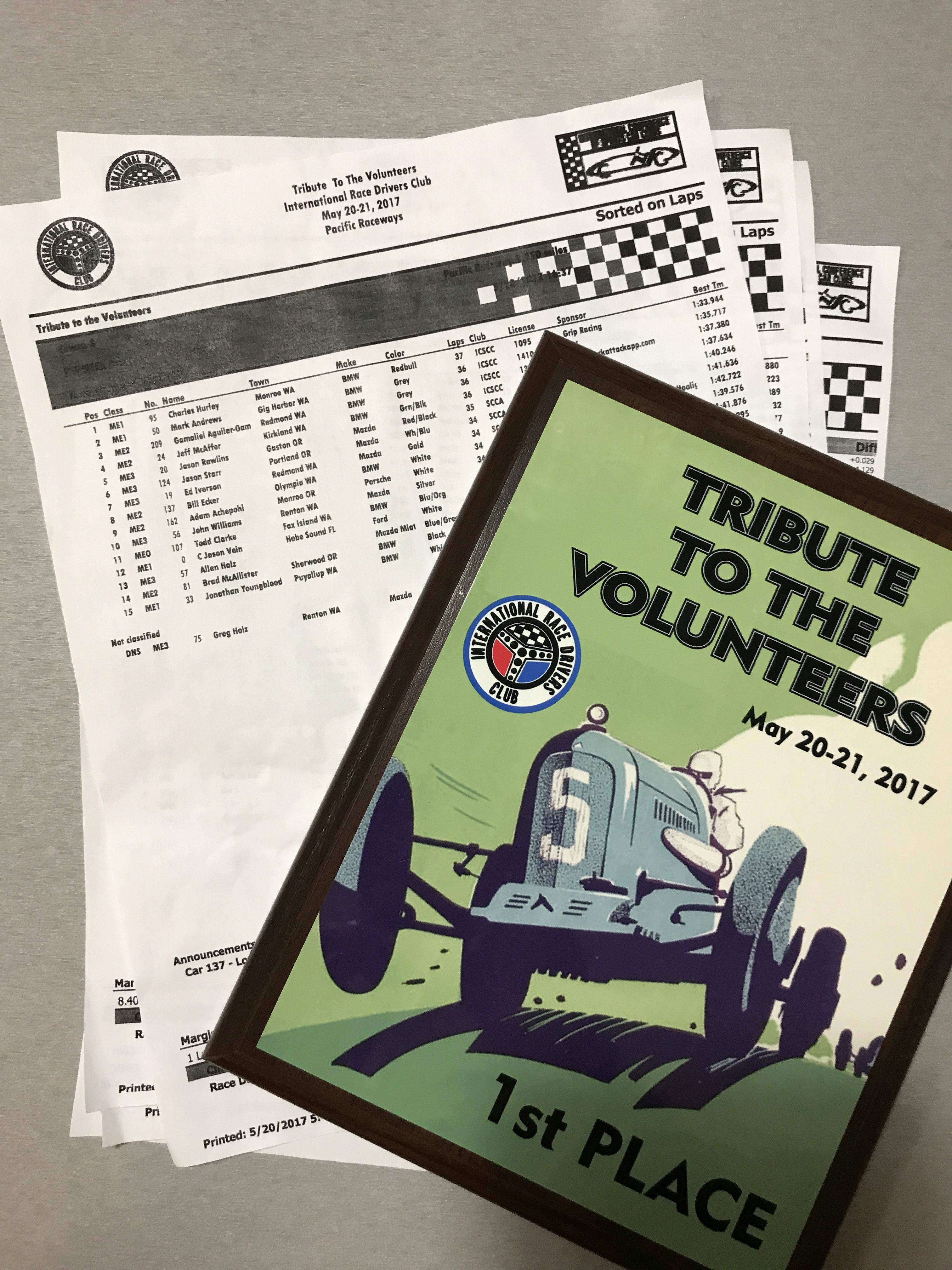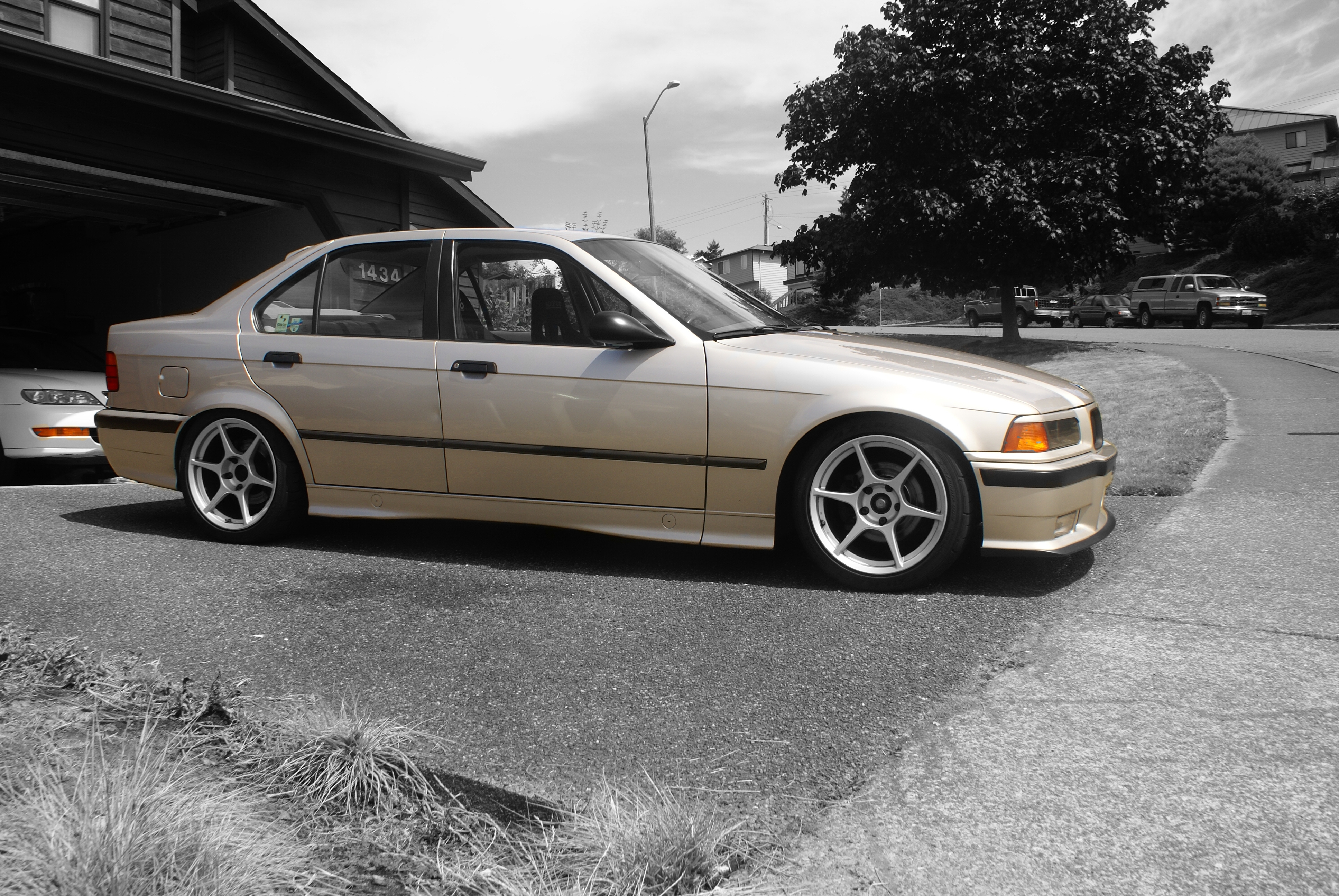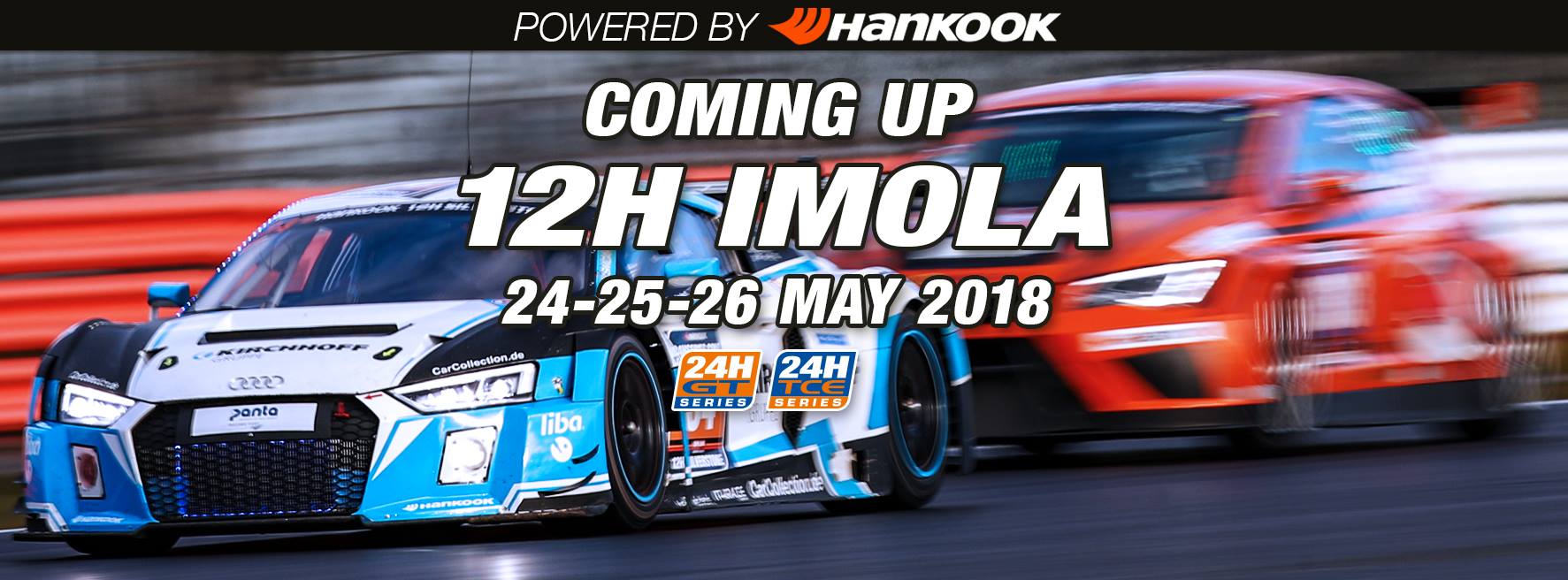
Going pro racing
My first on-track experience was a 1-day High Performance Driving with Proformance Racing School at Pacific Raceways. It was a actually a birthday present for my wife. She had a Mitsubishi Lancer Evolution 9 and I had a 400whp 2008 Subaru Impreza WRX STI.

That day I learned that I had no clue what I was doing behind the wheel of a car from a ‘racing’ standpoint, especially one with that much power and in general the capabilities of the car. I also realized that learning to drive a car on-track with skill and being fast was going to take time, but I was up for the challenge.
Over the next 12 months, I did several track days and learned about the then, GRAND-AM Continental Tire Series where production-based race cars, like my Subaru, raced in the GS and ST classes. Further, here in the PNW, we had several drivers who had started out in local club racing and driven or were driving in series like that at the ‘professional’ level.

Since then, it’s been a goal of mine to at least once, drive in a professional racing series in a production-based sports car.
Getting the invitation
Over the past four years racing in primarily PRO3 class, I’ve met several former PRO3 drivers who have or still do drive professionally. One of which is Dan Rogers and through him, Seth Thomas, of which they have co-driven in multiple race cars and series over the years. In 2018, they decided to see about putting together a program to do at least a handful of the Creventic 24/12 Hour Endurance racing series, which has races in the most iconic circuits all over Europe and at Circuit of the Americas.
They reached out to several drivers who presumably have a minimum level of proven speed, ability to keep a car clean and ultimately, afford to take part in all or some of the races. When I first got the email, I almost brushed it off completely, assuming it would be way too expensive for me to afford but it turned out to be not too bad and in the grand scheme of this type of racing, a solid value. Coupling this with an extended family vacation and a couple of business meetings, taking part in the race went from a pipe dream to a bucket list reality.
12 Hours in a factory race car | BMW M235i Racing
The race will be a 12-hour race, split over two days. I’m not exactly sure why this is but having visited Imola a few years ago, I can imagine it being a noise ordinance issue as Imola is actually a city park, with residential buildings right on or next to the track property and park. I’ve also heard from organizing bodies that holding a race over-night is much more expensive than running during the day due to the required workers and lighting.

The weapon of choice is a newest generation BMW M235i Racing 2-door coupe, built and sold directly by BMW motorsports as turn-key solution for the ‘entry levels’ of professional racing. I don’t know the exact class we’ll be racing in but the car is capable of pace just slightly slower than the new global TCR cars.

It has a 3.0L, twin-turbo in-line 6-cylinder engine and a 6-speed automatic transmission, with paddle shifters. Dan Rogers, who has driven the car previously described it as essentially a bigger PRO3 or Spec E46 car, in terms of handling characteristics. This is music to my ears as it means, well balanced, plenty of brakes and enough power to have a great time but not so much that you could get into too much trouble. The car is owned and managed by the Sorg Rennsport Racing Team, out of Germany.
Learning the track
Having never driven Imola in-person, my main resort to learning the track was iRacing! My simulator is primarily setup for iRacing, so even though I realized a couple weeks ago that Imola and a close sibling to the M235i Racing was available on Assetto Corsa, I decided to do all my training on iRacing and using the Mercedes AMG GT3 race car. The AMG has a lot more power than what we’ll be driving but I figured it had similar characteristics from previous driving; rear-wheel drive, paddle shifters and more under-steering characteristics relative to something like a 911 GT3 or the Audio R8 GT3.
Over the past 4 months, I’ve logged over 1,000 laps and 30+ hours of seat time. I’ve also used Virtual Racing School’s data pack feature, to compare myself with one of their coaches with a reference lap time of 1:42.xxx. The data pack is from a different season where multiple updates to the car, tire model and track have been rolled out, so trying to replicate the lap time exactly isn’t possible but my goal was to get as close to it as I could. My personal best ended up being a 1:45.2xx but most importantly, the last few weeks I was able to jump in and start hammering away high 1:45’s and low 1:46’s, with relative ease and regardless of fuel load. In an endurance race, yes being fast is important but being consistent and keeping the car clean is even more important.

So how well do I know the track? We’ll find out for sure but by just closing my eyes, I can recite…
- Turn 1, full throttle and get ready to straighten the wheel and brake past the 200 marker for the first chicane.
- Turns 2/3, make sure to hit the backside of turn 2, so that I can square off Turn 3 and get a healthy full-throttle run at apex. Stay off the big bumps on the curbs.
- Turn 4, slight left hander of which the goal is to stay flat but might need to lift depending on the angle of entry and how well the right rear tire is holding.
- Turns 5/6, similar chicane but there is more distance between the two turns. Similarly, hit the back side of 5, square off turn 5 and get a healthy full throttle run at apex and use the exit curbing as needed. Do not touch the big bumps on the inside of the corner, they will destroy your time and your car.
- Turn 7, very slow left-hander that feels like a decreasing radius corner. Important to get the car turned and then back on throttle quick and somewhat aggressively.
- Turn 9, very fast left-hand turn with a stab of the brakes and then quickly back on throttle – let the car nibble at the exit curbs but don’t get too greedy. It’s hard to stay full throttle with being too much on the curbs as the rear end tends to kick out.
- Turns 11, 12, 13 – an interconnected, high-speed and critical sequence of turns. A brush of brakes to do a full ‘send it’ into turn 11 and making sure to hit the apex curb. A stab of throttle before 6 out of 10 brakes, downshift to 3rd gear and bite off a decent size of the apex curb for turn 12 and then full throttle as quickly as possible to go up the hill and Turn 13 ends up being more of the exit curbing of Turn 12 than anything else.
- It is very easy to let the car run over the big exit curbing here but iRacing will punish you for track limits so make sure to only get a max of 2 tires over the white line.
- Turns 14 and 15 make up the last chicane of the lap, that feels a lot like Portland International Raceways. Take a big chunk of the T14 curb, flick the car to the left and get to full throttle at or before the apex of T15. It’s ok and even sometimes the curbing of T15 helps rotate the car, let the car release to the exit curbing but only go 2 wheels off.
- Turn 16, a full throttle bend in the road – create a straight line that helps you get to driver’s left to setup for a very tough T17.
- T17, a very intimidating and high speed right-hand corner, where you are flat and right at shifting to top gear. Position the car for a late apex and be ready for 10 out of 10 braking effort, in a straight line and shifting from 6th to 3rd
- Turns 18 and 19, the last set of real corners before the front straight away and start/finish. Important to get the curbs on both corners and T19 is the most important to get to and stay full throttle as quickly as possible. Just a brush of brakes is needed and use all of the exit curbs.
- Turns 20 and 21 are essentially bends in the road. Take them full throttle and have as little steering input as possible. Steering input = friction = slowing the car down. Make down the straight away as quickly and frictionless as possible.
Generally speaking, I think I have 80% or so of the track down in my head and developed muscle memory so that when I get into the car, I can focus on driving the car and figuring out how to go fast, versus figuring out my way through the track.
Physical training
This is an endurance race, in Italy at the start of the summer. I’ve been in Italy around this time of the year in the past and it can get hot, really hot. I’ve been working on my cardiovascular endurance – 60+ minute runs and cycling sessions.
I’ll be honest that while I’m in decent shape, I’m nowhere near where I wanted to be. Life has gotten incredibly busy on all fronts and I’ve been lucky to get in 3 workouts per week and a few simulator sessions. To top it all off, this past weekend, I did a PRO3 race weekend and only did one run group. The driving felt great but, I improved my personal best lap time during the actual race but by Sunday afternoon, my lower back, on my left side was sore. I’ve only experienced this last year, when I was a couple months post a surgery and next to no working out.
No expectations
Overall, I am sitting on this airplane with next to zero expectations. There will be four total drivers, one of which I know will be faster than me (Seth). Dan will either be around the same pace or faster because he has a ton more experience in professional races and Rob, the third driver – I don’t know at all.
I will work at being as fast, safe and consistent as I can possibly be but overall, am going to focus on having fun and taking the experience all in.

